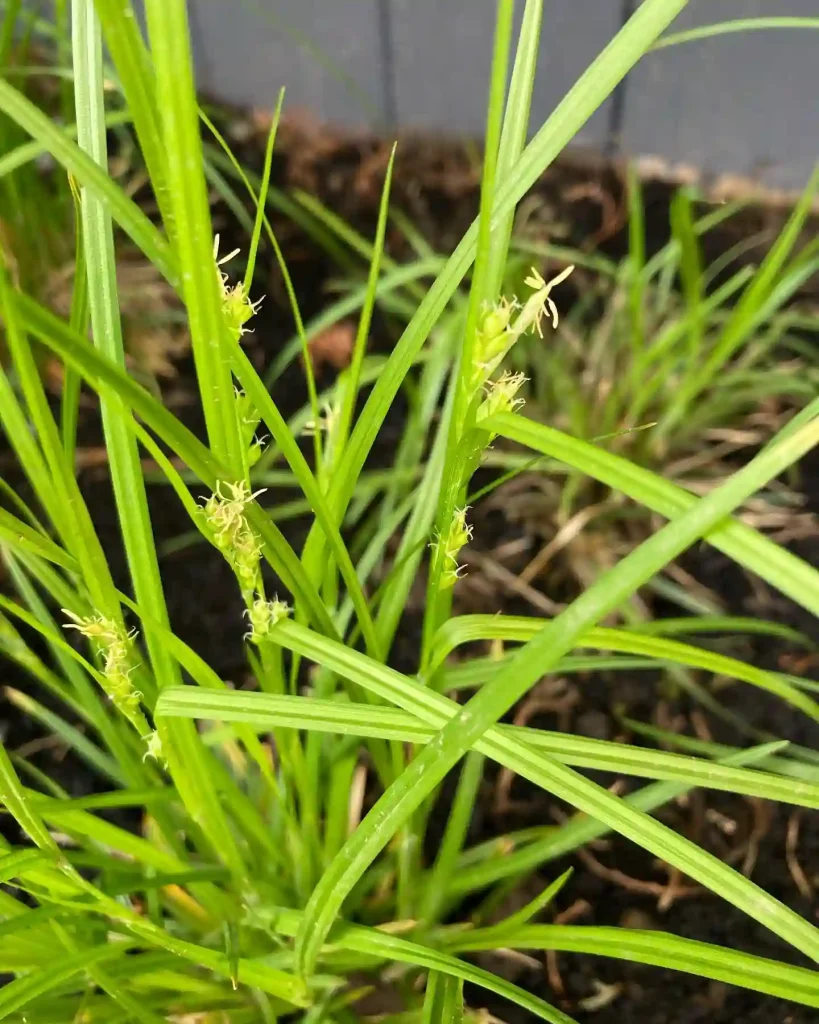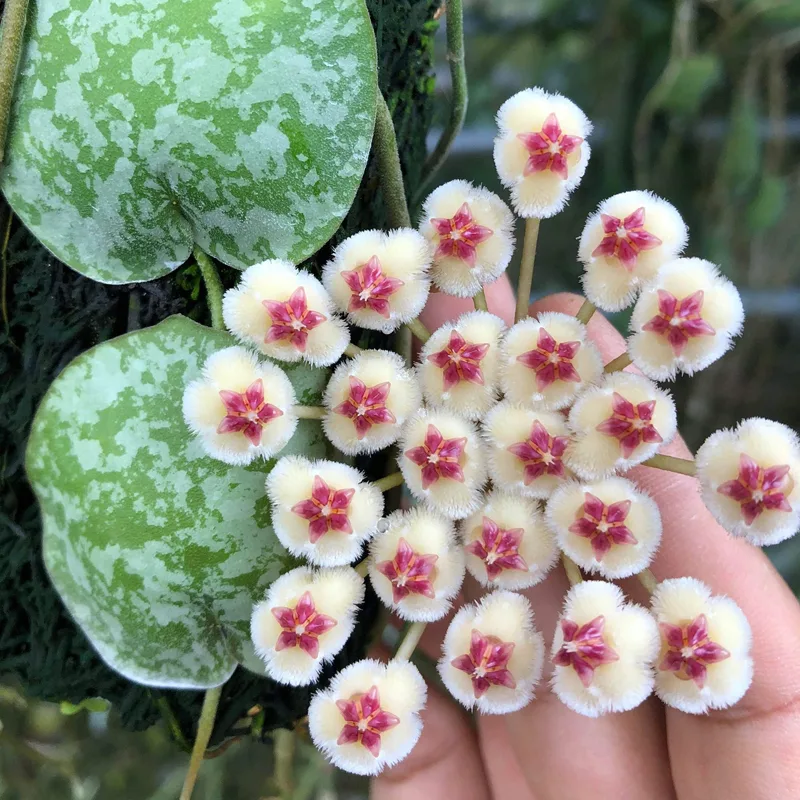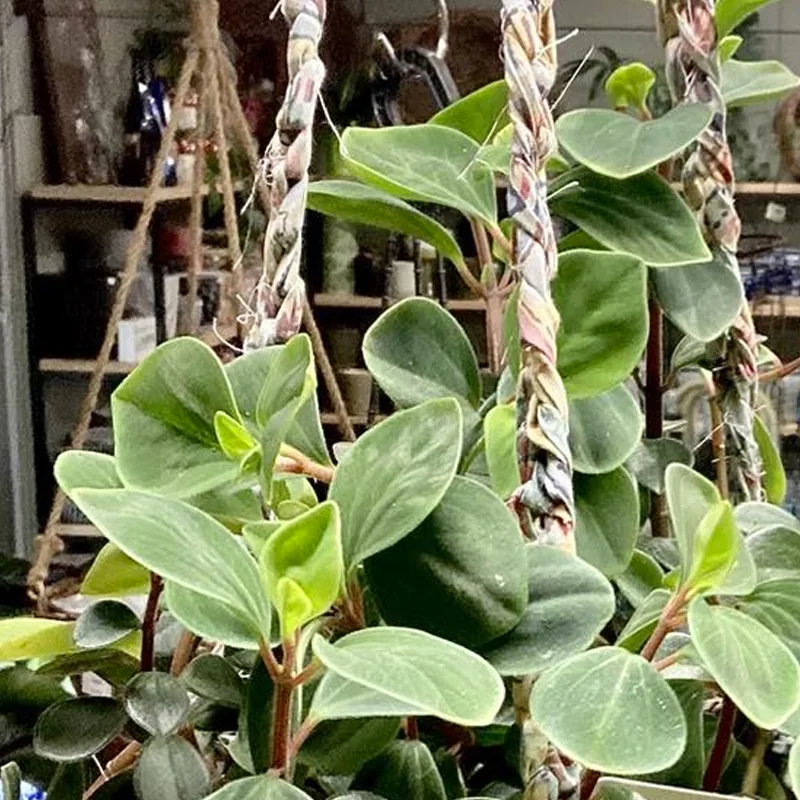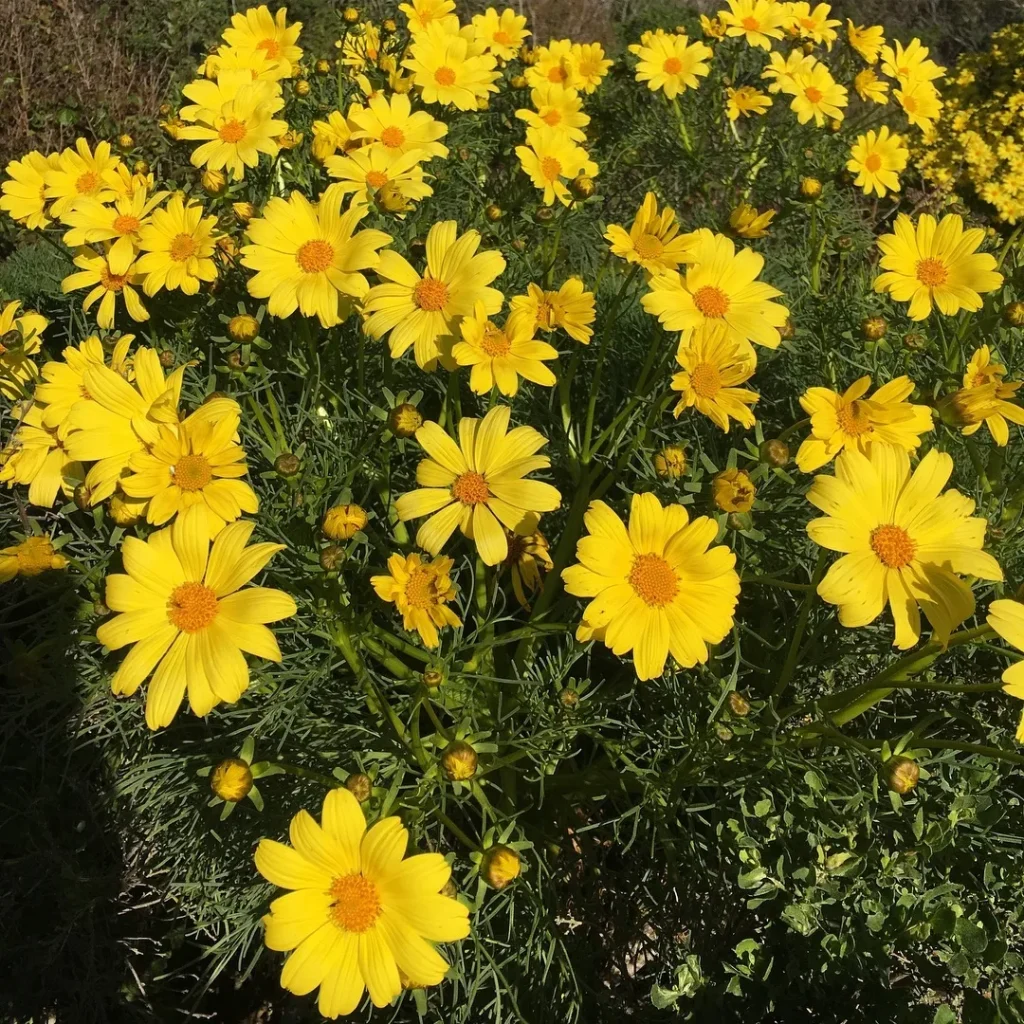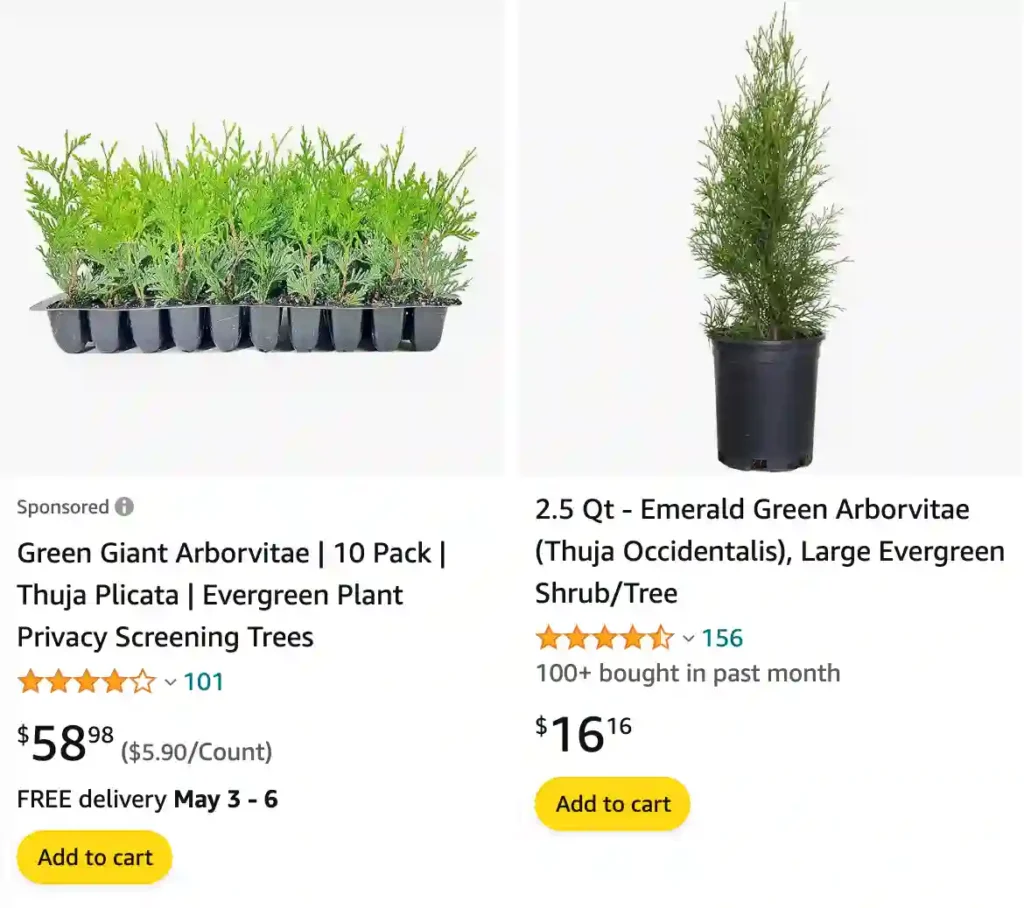
Thuja Occidentalis: A Personal Exploration of the Arborvitae
Thuja Occidentalis, or Arborvitae, has always fascinated me with its elegance and utility. Often referred to as the “tree of life,” this evergreen has earned its place in gardens, landscapes, and even history. Its timeless appeal is more than just aesthetic; it’s a perfect example of how nature combines beauty and resilience.
5 Species in Genus Thuja
How fast do arborvitae grow?
Arborvitae grows at a moderate pace, which can vary depending on factors like climate, soil quality, and care. In my experience, when I planted arborvitae in my backyard a few years ago, they started off slow, but once they established their roots, they began to pick up speed. I’d say they added about 6 to 12 inches of growth per year, which was enough to notice but not too fast that it became overwhelming to maintain. It’s been rewarding to watch them gradually fill out and become a beautiful green privacy screen for my yard.
Does deer eat arborvitae?
Yes, unfortunately, deer do have a taste for arborvitae, and it’s something I’ve had to deal with in my own gardening experience. When I first planted arborvitae in my yard, I didn’t realize how much of a delicacy they were for deer. I woke up one morning to find several of my arborvitae bushes nibbled on, and it was disheartening to see the damage. Since then, I’ve had to take precautions like installing fencing or using deer repellents to protect my arborvitae from being eaten by deer. It’s been a learning process, but finding ways to deter deer has helped preserve the beauty of my garden.
How to pronounce arborvitae?
The pronunciation of “arborvitae” is “ahr-ber-vahy-tee.”
Can arborvitae grow in shade?
Arborvitae generally prefers full sun to partial shade for optimal growth, but they can tolerate some shade. In my experience, I’ve found that while arborvitae can survive in shaded areas, their growth may be slower and less vigorous compared to those planted in sunnier spots. When I planted arborvitae in a partially shaded area of my yard, I noticed that they didn’t grow as quickly or fill out as densely as those planted in full sun. However, they still managed to survive and provide some greenery in the shaded area. If you’re considering planting arborvitae in a shaded spot, just be aware that you may need to provide extra care and patience for them to thrive.
Why is my arborvitae turning brown in summer?
Seeing your arborvitae turn brown in the summer can be concerning, and I’ve faced this issue myself. Several factors could contribute to this problem. One common reason is insufficient watering, especially during hot and dry periods. Arborvitae require regular watering, especially when newly planted or during dry spells, to maintain their health and vibrant green color. Another possibility is root stress, which could occur due to factors such as compacted soil, poor drainage, or root damage during planting or from nearby construction. Additionally, pest infestations or diseases, such as spider mites or fungal infections, could also cause browning foliage. It’s essential to inspect your arborvitae carefully to determine the underlying cause and take appropriate steps, such as adjusting watering practices, improving soil conditions, or treating for pests or diseases, to help your arborvitae recover and thrive.
How long to water arborvitae with soaker hose?
Watering arborvitae with a soaker hose can be an effective way to ensure deep, thorough watering, especially during dry periods. In my experience, I typically water my arborvitae with a soaker hose for about 1 to 2 hours, depending on factors such as soil moisture levels, weather conditions, and the size of the arborvitae. I aim to provide enough water to thoroughly moisten the soil to a depth of at least 6 to 8 inches around the root zone of the trees. It’s important to monitor the soil moisture regularly and adjust the watering duration as needed to prevent overwatering or underwatering. Observing how quickly the soil absorbs water and checking the moisture level with a soil probe or by digging a small hole can help determine the appropriate watering duration for your arborvitae.
How far to plant arborvitae from fence?
When planting arborvitae near a fence, it’s essential to consider their mature size and the space they’ll need to grow without overcrowding or causing damage to the fence. In my experience, I’ve found that planting arborvitae about 3 to 5 feet away from the fence is a good rule of thumb. This spacing allows enough room for the arborvitae to grow and spread out while still providing adequate coverage and privacy along the fence line. Additionally, it’s essential to consider the width of the arborvitae variety you’re planting and adjust the spacing accordingly to ensure they have enough space to thrive without encroaching on the fence or neighboring plants. Regular pruning can also help maintain a neat and tidy appearance and prevent the arborvitae from growing too close to the fence over time.
Can arborvitae grow in pots?
Arborvitae can grow in pots, but it’s important to choose the right variety and provide proper care to ensure their health and longevity. In my experience, smaller and slower-growing varieties of arborvitae, such as dwarf cultivars, are better suited for container gardening. When planting arborvitae in pots, I make sure to use a high-quality potting mix that is well-draining to prevent waterlogging, as soggy soil can lead to root rot. I also select a container that is large enough to accommodate the mature size of the arborvitae and has drainage holes at the bottom to allow excess water to escape. Regular watering, fertilizing, and occasional pruning are essential for maintaining healthy growth and preventing the arborvitae from becoming root-bound in the pot. Additionally, placing the pot in a location that receives adequate sunlight is crucial for the arborvitae to thrive in a container garden.
If i die, water my plants!
